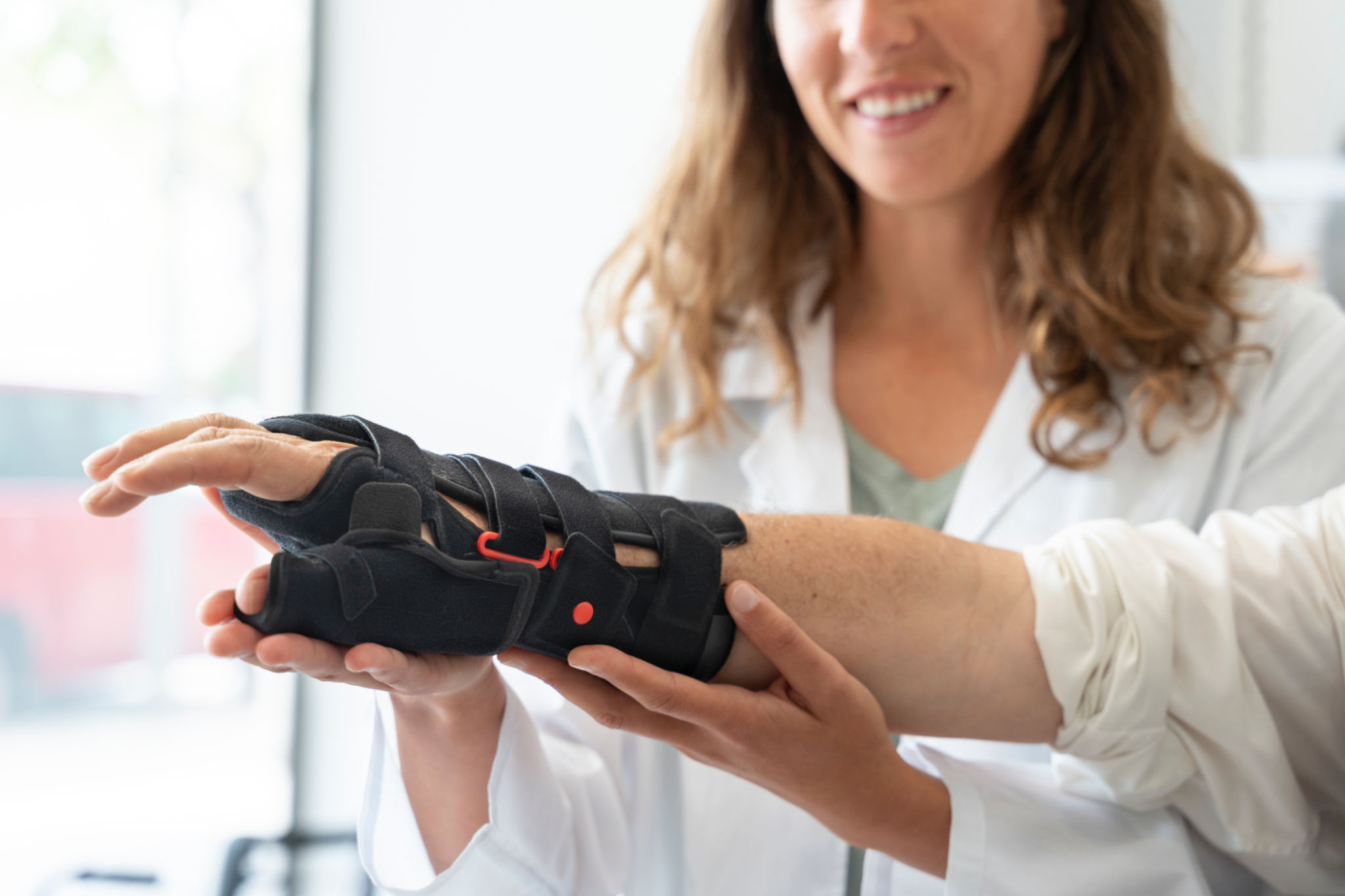Understanding Orthopaedic Product Experience Surveys: A Comprehensive Guide
Introduction to Orthopaedic Product Experience Surveys
Orthopaedic product experience surveys are critical tools for gathering feedback from patients and healthcare professionals about the effectiveness and usability of orthopaedic devices. These surveys provide valuable insights that can help manufacturers improve product design and functionality, ensuring better outcomes for patients.
Understanding how these surveys work and the impact they have on product development is essential for anyone involved in the orthopaedic field. This guide will explore the key components of these surveys, their importance, and how they contribute to the continuous improvement of orthopaedic products.

Key Components of Orthopaedic Product Experience Surveys
Survey Design and Structure
The design and structure of an orthopaedic product experience survey are crucial for collecting meaningful data. Surveys should be carefully crafted to include questions that cover all aspects of product use, from initial setup to long-term functionality. Questions should be clear, concise, and relevant to the user’s experience.
A well-structured survey often includes a mix of quantitative and qualitative questions. Quantitative questions might ask users to rate their satisfaction on a scale, while qualitative questions allow for more detailed feedback through open-ended responses.
Target Audience
Identifying the right target audience is another critical component. Surveys must reach individuals who have firsthand experience with the orthopaedic products. This typically includes patients who have used the products, as well as healthcare professionals who have recommended or installed them.
Engaging a diverse range of participants ensures that the feedback collected reflects a broad spectrum of experiences, leading to more comprehensive insights.

The Importance of Feedback in Product Development
Enhancing Product Quality
Feedback collected from orthopaedic product experience surveys plays a vital role in enhancing product quality. Manufacturers use this data to identify common issues, assess user satisfaction, and make informed decisions about design improvements.
By addressing the concerns raised in surveys, companies can refine their products, increasing their effectiveness and ease of use. This continuous improvement cycle is essential for maintaining high standards in orthopaedic care.
Building Trust with Consumers
Conducting regular product experience surveys demonstrates a commitment to quality and customer satisfaction, which helps build trust with consumers. Patients and healthcare professionals are more likely to trust products from companies that actively seek feedback and make improvements based on that input.

Implementing Effective Survey Strategies
Utilizing Technology
Advancements in technology have made it easier than ever to implement effective survey strategies. Online platforms allow for efficient distribution and collection of survey data, making it accessible to a wider audience. Additionally, digital tools can provide real-time analytics, helping companies quickly identify trends and areas for improvement.
Leveraging technology not only enhances the efficiency of surveys but also increases participation rates by providing a convenient way for users to share their experiences.
Encouraging Honest Feedback
Encouraging honest feedback is essential for obtaining accurate insights. Participants should feel comfortable sharing their true experiences without fear of judgment or repercussions. Anonymity can be a useful tool in achieving this, as it allows respondents to provide candid feedback without revealing their identities.
Offering incentives, such as discounts or entry into a prize draw, can also motivate participants to complete surveys thoroughly and honestly.
Conclusion
Orthopaedic product experience surveys are indispensable tools for improving the quality and functionality of medical devices. By understanding their components and implementing effective strategies, manufacturers can gather valuable insights that drive product innovation and enhance user satisfaction.
The continuous feedback loop established by these surveys not only leads to better products but also builds trust with consumers, ultimately contributing to improved patient outcomes in the orthopaedic field.
